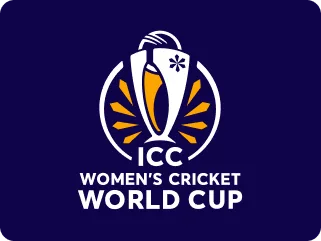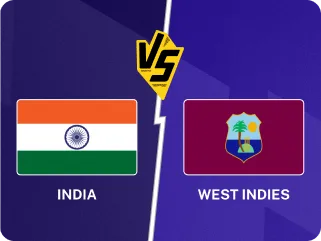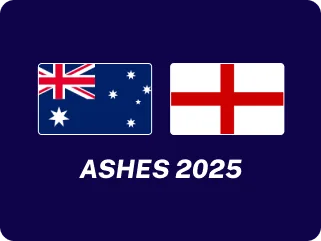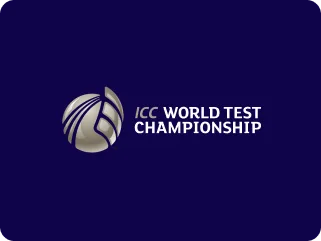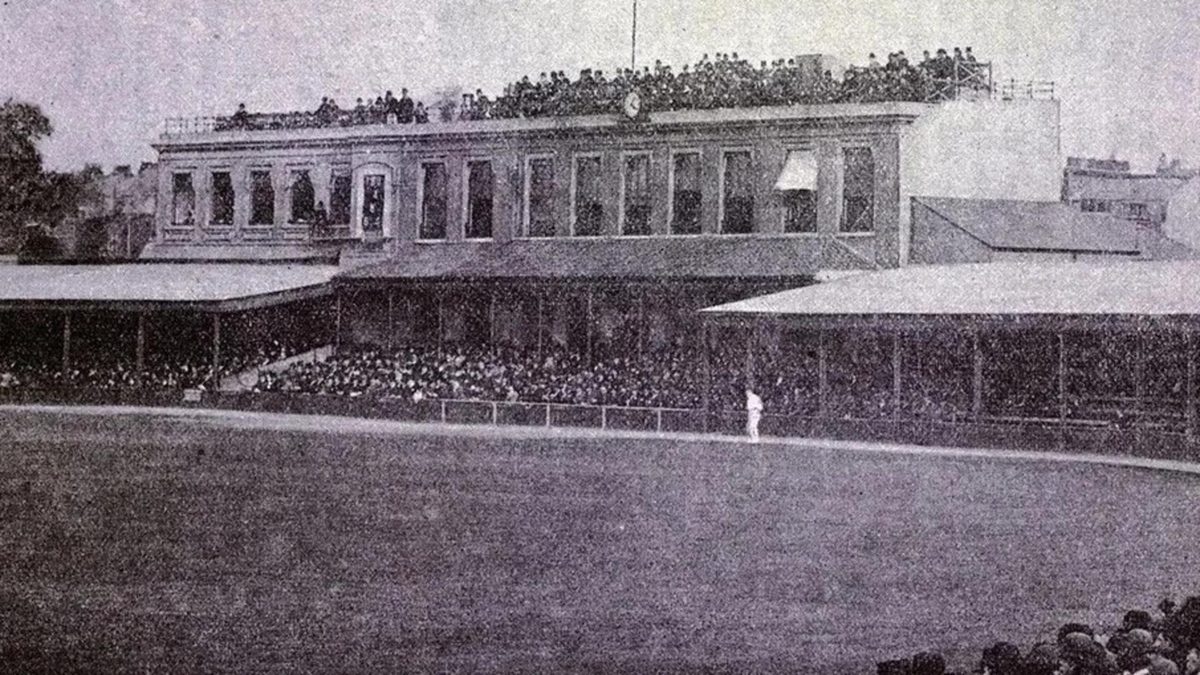
, claimed 5-37 and 6-59 in his only Test match, against the West Indies at The Oval in 1933.
As Gus Atkinson rose rapidly through the best figures for England on Test debut, the broadcasters kept showcasing graphics of the chart toppers. One consistent name on the list was of Charles Marriott, whose match figures of 11-96 have stood the test of time.
Exactly how Marriott got the nickname “Father” remains unclear. Perhaps it was because he looked older than his age in every photograph. That toothbrush moustache contributed to that.
It can come across as surprising that Marriott did not play another Test match. That he was a a quality leg-spinner – 711 first-class wickets at 20.11 bears testimony to that – makes his case even more curious, because England have seldom produced leg-spinners of great quality.
However, he had to do away with the googly for an unfortunate reason. Gideon Haigh quoted him in Mystery Spinner: “One day at the net I had an astonishing spell, when I struck a perfect length and had everyone completely tied up including our professional ... It went to my head. When it was time to pack up, I shouted ‘one more’ and ran up determined to bowl the googly to end all googlies. What actually happened was a horrible stab of pain in my right elbow, and I found myself out of the XI for the next three matches.”
Like many of his contemporaries, Marriott’s first-class career was delayed by the First World War. Recruited by the Lancashire Fusiliers, he was in the front line at the Battle of the Somme. He survived only because, at the last moment, “a sweating runner” arrived with “a message from the CO to stay put”.
He was almost 24 by the time he debuted for Lancashire. Five seasons later, he took up a job at Dulwich College and switched to Kent, but his career there was overshadowed by that of the legendary “Tich” Freeman. But while Freeman got significantly more wickets – than anyone of the era – Marriott matched him in average. In fact, had Frank Woolley not bowled less and less with age, Marriott would have been relegated to the third spinner at Kent.
But he gave performances when he got a chance. Ask the touring New Zealanders of 1931, against whom Marriott wheeled away for 75.5 overs (out of Kent’s 178.5) to take 12 wickets. That was also his most prolific season – he claimed 76 wickets at 14.61 – and he followed it with 68 in 1932 and 54 in 1933.
These were the early days in Test cricket for the West Indies, India, and New Zealand, and England did not necessarily play their best XIs against them. While he did not get his Test cap against the New Zealanders of 1931 or the Indians of 1932, the chance came in the summer after that.
West Indies’s 1933 tour of England was replete with controversies. By then, the Bodyline series had created ripples around the world, and the West Indian fast bowlers did not hesitate to come at the England batters. Still, England won the first Test of the series by an innings, while the second was drawn.
England had already given out Test caps to Cyril Walters and James Langridge in the series. For the final Test, they added Charlie Barnett and Marriott to their list of debutants – the latter, after Hedley Verity was injured. There, he started by having George Headley, no less, stumped, and went on to take 10 more wickets as England won by an innings yet again.
Marriott did travel tour India that winter as the third spinner, along with Verity and Langridge. Against Madras at Chepauk, he became the first touring bowler to complete a first-class hat-trick on Indian soil, but the Test cap never came.
He was in his 39th year by the time the 1934 Ashes began. He did play against the Australians for the MCC that summer, but did not manage a wicket in 41 overs as Bill Ponsford and Stan McCabe amassed a 389-run stand.
Marriott did not play for Kent after 1937. During the Second World War, he was recruited as an anti-aircraft gunner.
‘Father’ Marriott’s obituary from the 1967 Wisden Almanack
Marriott, Charles Stowell, who died on October 13, aged 71, was one of the best legbreak and googly bowlers of his era. He learned his cricket in Ireland, where he was educated at St Columba's, and gained a Blue at Cambridge in 1920 and 1921, meeting with remarkable success in the University matches. In 1920, when rain prevented play on the first two days, he took seven wickets for 69 runs and in the following season he played a leading part in a triumph for the Light Blues in an innings with 24 runs to spare by dismissing seven Oxford batsmen in the match for 111 runs.
In all first-class cricket he took 724 wickets at an average cost of 20.04 runs and his bowling skill so far exceeded his ability as a batsman that his victims exceeded his aggregate of runs by 169. Cunning flighting, allied to the ability to turn the ball sharply, made him a menace to batsmen even on good pitches and when the turf gave him help, he could be well-nigh unplayable. His action was high with a free, loose arm which he swung behind his back before delivery in a manner reminiscent of Colin Blythe. From 1919 to 1921 he appeared for Lancashire and when beginning a long association with Dulwich College as master-in-charge of cricket, he threw in his lot with Kent, whom he assisted during the school holidays from 1924 to 1937.
In his first season with the Southern county he distinguished himself by taking 5-31 and 6-48 in the game with Lancashire at Dover and against Hampshire at Canterbury he returned figures of 5-66 and 5-44, and he achieved many other notable performances in later years.
He met with great success on the occasion of his one appearance in a Test match for England. That was at The Oval in 1933, when he so bewildered the batsmen that he took 5-37 runs in the first innings and, with second innings figures of 6-59, hurried the West Indies to defeat by an innings and 17 runs – a feat described by Wisden of the time as one of the best accomplished by a bowler when playing for England for the first time.
Father Marriott, as he was popularly known, engaged in two tours abroad. In 1924/25 he was a member of Lord – then the Hon. Lionel – Tennyson's side in South Africa and in 1933/34 he went with Douglas Jardine's MCC team to India, where, against Madras, he did the hat-trick for the only time in his first-class career. During the Second World War he served as an anti-aircraft gunner in the Home Guard.
Follow Wisden for all ENG vs WI series updates, including live scores, match stats, quizzes and more. Stay up to date with the latest cricket news, player updates, team standings, match highlights, video analysis and live match odds.





